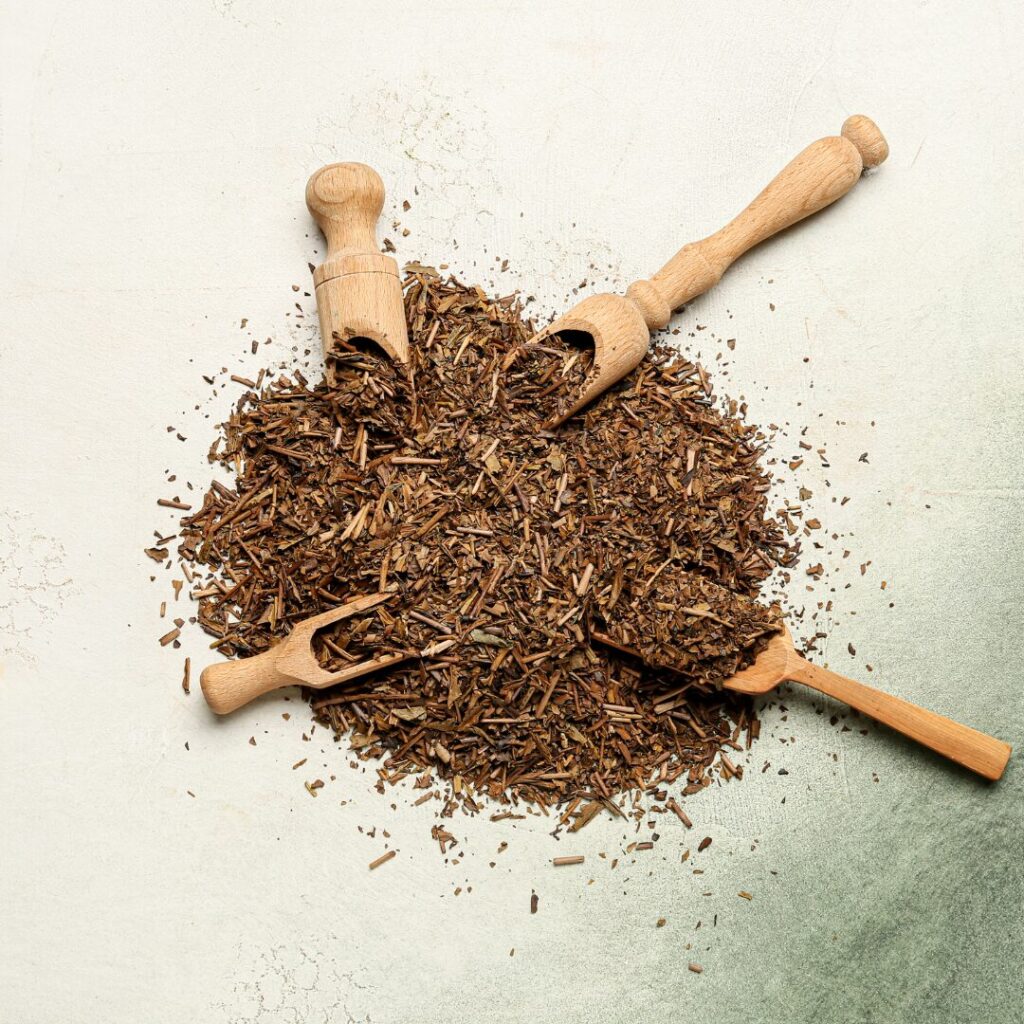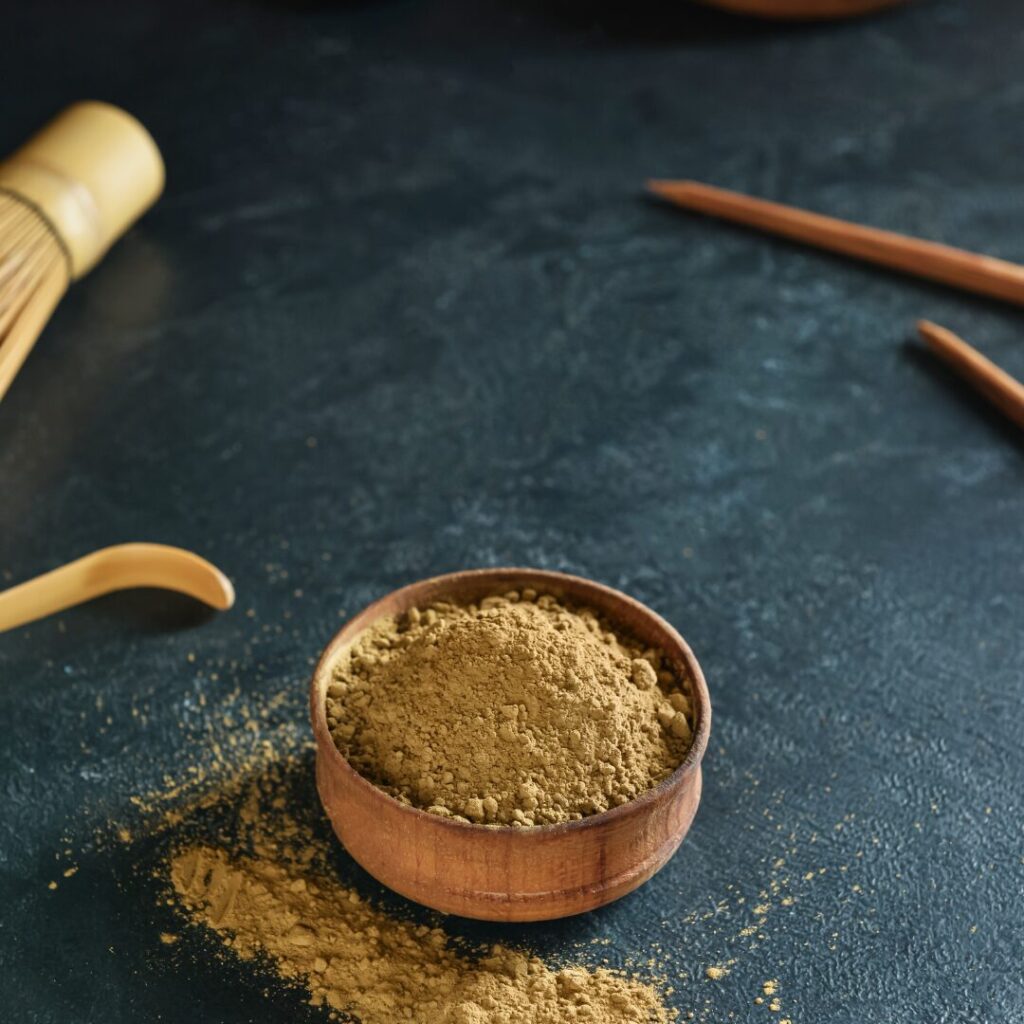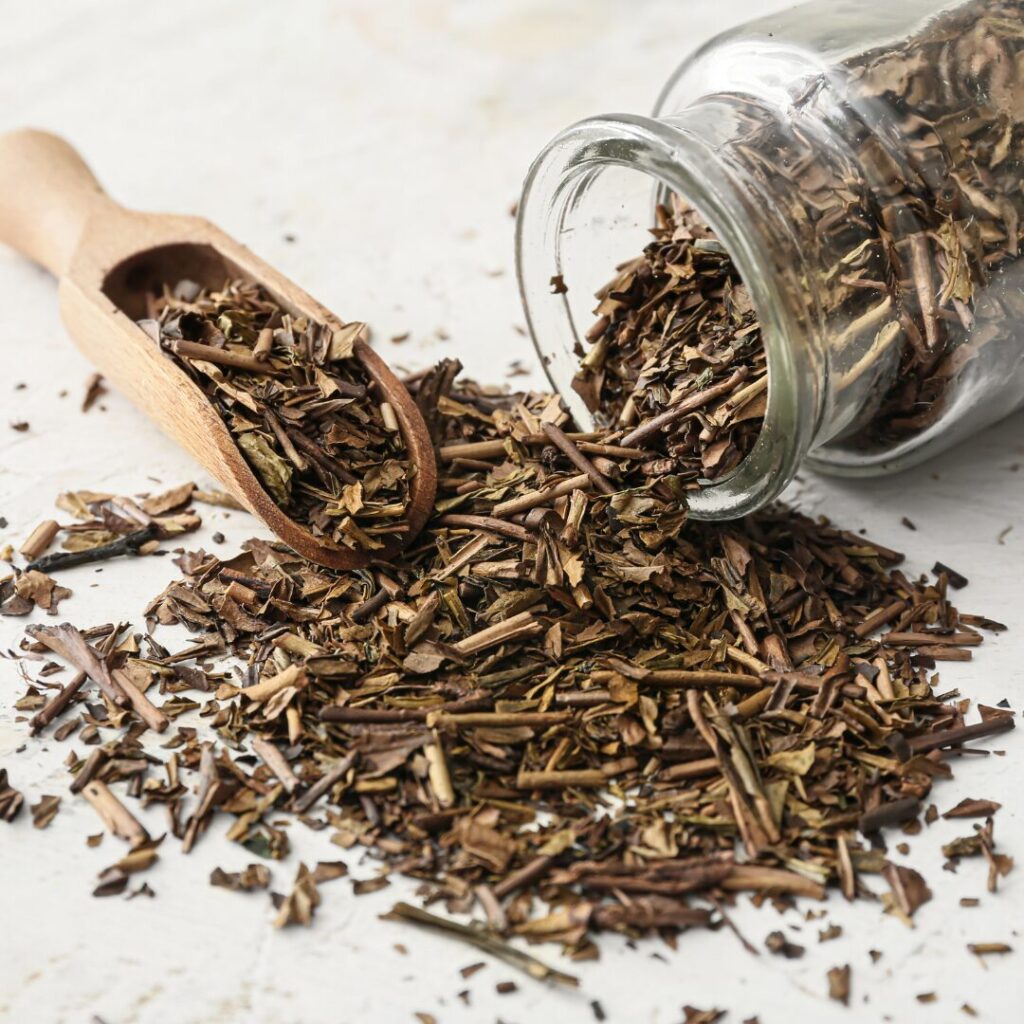If you’ve ever wondered does hojicha go bad, you might be surprised to learn that this beloved

Does hojicha go bad?
Yes, hojicha, like other teas, can go bad over time, although it doesn’t spoil in the way perishable foods do. Instead, hojicha can lose its flavor, aroma, and freshness due to improper storage or prolonged storage.
Proper storage is key to preserving hojicha’s unique sweet and smoky taste, as its roasting process helps it last longer than other green teas. Keep in mind that hojicha’s best taste is within three months of opening, so be mindful of the opening date to enjoy it at its finest.
Hojicha Shelf Life Information
When properly stored in a cool, dry, and dark place, hojicha maintains its best taste within three months of opening. To guarantee peak freshness, transfer the hojicha to an airtight container after opening. This step helps prolong its shelf life and preserves its unique sweet and smoky flavor profile. Remember that hojicha is best enjoyed within three months of opening to experience its full taste potential.
Essential storage conditions play a vital role in maintaining the freshness of hojicha. Store it away from moisture, heat, and light to prevent flavor deterioration. By following these storage guidelines, you can savor the rich taste of hojicha for an extended period. Additionally, refrigerating unopened hojicha can further extend its shelf life, allowing you to enjoy its unique flavors for up to a year.
Take control of your hojicha’s freshness by storing it correctly and consuming it within the recommended timeframe.
Understanding Tea Oxidation and Degradation
To understand the quality and longevity of different teas, it’s important to grasp the concepts of
When
Degradation, on the other hand, refers to the breakdown of compounds within the
Understanding how oxidation and degradation affect

Factors Affecting Hojicha Freshness
To maintain the excellent taste and freshness of your hojicha, it’s important to understand the factors affecting its longevity. The primary determinant is proper storage. Keep your hojicha in a cool, dry, and dark place, away from moisture and strong odors. The roasting process also plays a significant role in extending freshness. Roasted hojicha tends to last longer than other green teas due to reduced moisture content. To further prolong its freshness, consider transferring the
Furthermore, the original packaging of hojicha can impact its shelf life. If the
Signs of Spoiled Hojicha
You can easily identify spoiled hojicha by noting changes in its aroma and appearance. Spoiled hojicha will lose its characteristic smoky and sweet aroma, instead emitting a stale or musty smell. The reddish-brown color of fresh hojicha may darken or appear dull when the
Another sign of spoiled hojicha is a significant change in taste. Fresh hojicha offers a mellow, toasty flavor with a hint of natural sweetness, but spoiled hojicha may taste flat, bitter, or off. If your hojicha no longer provides the enjoyable taste you’re used to, it’s likely past its prime. By paying attention to these signs, you can make sure you always have a delightful cup of hojicha to enjoy.
Tips for Preserving Hojicha Quality
Preserving the quality of your hojicha involves storing it in a cool, dark place away from moisture and odors to maintain its freshness. Guarantee you keep your hojicha in an airtight container to prevent exposure to air, which can degrade its flavor. Avoid storing it near strong-smelling items like spices or coffee to prevent flavor contamination. Remember to seal the container tightly after each use to retain the
Additionally, consider refrigerating your hojicha to extend its shelf life further. The cool temperature helps preserve its freshness and flavor for a longer period. When taking out hojicha for use, allow it to come to room temperature before opening the container to prevent condensation inside. By following these storage tips diligently, you can enjoy your hojicha at its best quality for an extended period, ensuring a delightful

Hojicha Storage Guidelines
When storing your hojicha for best freshness, make sure it’s kept in a cool, dark place away from moisture and strong odors. To maintain its best taste and aroma, store your hojicha in an airtight container in a cool and dry environment. Avoid exposing it to direct sunlight or fluctuating temperatures, as these can degrade its quality over time. Remember to seal the container tightly after each use to preserve its unique flavors.
Proper storage conditions play an essential role in extending the shelf life of your hojicha. Unopened hojicha can last up to a year if stored correctly, while opened packages should be consumed within three months for the best taste experience. By following these storage guidelines diligently, you can guarantee that your hojicha remains fresh and flavorful for an extended period, allowing you to enjoy its sweet and smoky taste to the fullest.
Conclusion
To sum up, hojicha can indeed go bad if not stored properly. By following the recommended storage guidelines and being aware of the signs of spoilage, you can guarantee that your hojicha maintains its freshness and flavor for a longer period of time.
Remember to store hojicha in a cool, dark, and dry place in an airtight container to enjoy its smoky and sweet aroma to the fullest.








Konnichiwa! (Hello!) I'm Pat Tokuyama, a Japanese tofu cookbook author, who travels for music, food, and adventure. If you like Japanese tea, checkout some of the newestorganic japanese tea, matcha bowls and noren and more!
** Curious about the Plant Based Japanese Cooking Club? ** Learn more here!